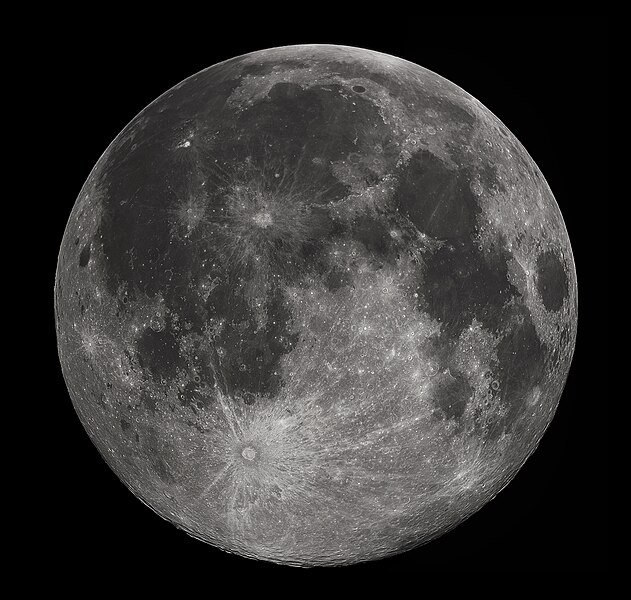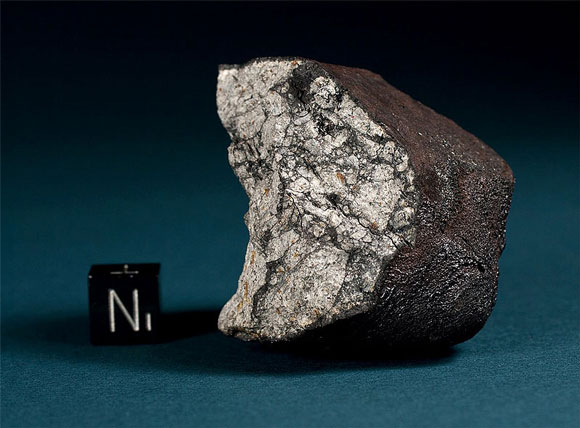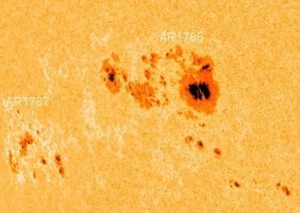
By Glenn A. Walsh
Reporting for SpaceWatchtower
Within the next week, the astronomical mid-point of the season of Summer, in the Northern Hemisphere, will be observed. This point in time is known by the term, Cross-Quarter Day (XQ). Having no formal astronomical definition, "cross-quarter" here is defined as the moment in time precisely half-way between an adjacent equinox and solstice or adjacent solstice and equinox.
.
In this case, the moment in time is precisely half-way between the Summer Solstice (observed on June 21) and the Autumnal Equinox (which will be observed on September 22). Although the traditional cross-quarter day of Lammas (Anglo-Saxon) or Lughnasadh (Irish/Scottish) is observed each year on August 1, the actual cross-quarter day for the year 2013 occurs August 6 at 8:54 p.m. EDT (August 7, 0:54 Coordinated Universal Time).
Lammas / Lughnasadh Day is the least known, to the general public, of the four cross-quarter days each year. The other three, traditional, cross-quarter days have long been part of the popular culture: Groundhog Day (February 2), May Day (May 1), and Halloween Day (October 31). Likewise, due to the evolution of our calendar from ancient times, the actual cross-quarter day for each of these holidays also occurs a few days after the traditional date.
Lammas / Lughnasadh Day, in ancient times,was a festival day which marked the start of the harvest season, particularly the wheat harvest. On Lammas Day, it was customary to bring a loaf of bread, from the new crop, to church to be blessed.
Lughnasadh Day, in Irish mythology, is a festival said to have begun by the God Lugh as a funeral feast for his foster-mother, Tailtiu, a goddess said to have died of exhaustion from clearing the plains of Ireland for agriculture.
At about the same time as the mid-point of Summer is the Heliacal Rising of the Star Sirius on August 7. This is the first day, normally, that Sirius can briefly be seen on the eastern horizon just prior to sunrise (seven degrees altitude ahead of the Sun).
As Sirius is the brightest star in the nighttime sky, the ancient astronomers/astrologers believed that the rising of Sirius in the daytime sky added to the heat from the Sun, to make Summer even hotter: The Dog Days of Summer (being in the Constellation Canis Major, Sirius is nicknamed The Dog Star). Although Sirius is much hotter than our Sun, it is much too distant to provide any appreciable heat to our planet.
Special Thanks: Eric G. Canali, former Floor Manager of Pittsburgh's original Buhl Planetarium and Institute of Popular Science and Founder of the South Hills Backyard Astronomers amateur astronomy club.
Source: Glenn A. Walsh, Reporting for SpaceWatchtower, a project of Friends of the Zeiss.
More on Lammas Day: Link >>> http://en.wikipedia.org/wiki/Lammas
More on Lughnasadh Day: Link >>> http://en.wikipedia.org/wiki/Lughnassad
More on Cross-Quarter Days: Link >>> http://en.wikipedia.org/wiki/Cross-quarter_day
Also see Quarter Days (roughly coinciding with Equinoxes and Solstices):
Link >>> http://en.wikipedia.org/wiki/Quarter_day
More on The Dog Days of Summer:
Link 1 >>> http://en.wikipedia.org/wiki/Dog_days_of_summer
Link 2 >>> http://www.souledout.org/nightsky/dogdays/dogdays.html
More on the heliacal rising of a celestial object: Link >>> http://en.wikipedia.org/wiki/Heliacal_rising
More on the Star Sirius: Link >>> http://en.wikipedia.org/wiki/Sirius
Related Blog Post ---
Summer Begins Friday 1:04 a.m.; Largest Moon of 2013 Sunday (2013 June 20):
Link >>> http://spacewatchtower.blogspot.com/2013/06/summer-begins-friday-104-am-largest.html
Want to receive SpaceWatchtower blog posts in your inbox ?
Send request to < spacewatchtower@planetarium.cc >..
gaw
Glenn A. Walsh, Project Director,
Friends of the Zeiss < http://buhlplanetarium.tripod.com/fotz/ >
Electronic Mail - < gawalsh@planetarium.cc >
About the SpaceWatchtower Editor/Author: < http://buhlplanetarium.tripod.com/#GAW >
SpaceWatchtower Blog: < http://spacewatchtower.blogspot.com/ >
Also see: South Hills Backyard Astronomers Blog: < http://shbastronomers.blogspot.com/ >
SPACE & SCIENCE NEWS, ASTRONOMICAL CALENDAR:
< http://buhlplanetarium.tripod.
Twitter: < https://twitter.com/spacewatchtower >
Facebook: < http://www.facebook.com/pages/
Author of History Web Sites on the Internet --
* Buhl Planetarium, Pittsburgh:
< http://www.planetarium.
* Adler Planetarium, Chicago:
< http://adlerplanetarium.
* Astronomer, Educator, Optician John A. Brashear:
< http://johnbrashear.tripod.com >
* Andrew Carnegie & Carnegie Libraries:
< http://www.andrewcarnegie.
* Civil War Museum of Andrew Carnegie Free Library:
< http://garespypost.tripod.com >
* Duquesne Incline cable-car railway, Pittsburgh:
< http://inclinedplane.tripod.
* Public Transit:
< http://andrewcarnegie2.tripod.












